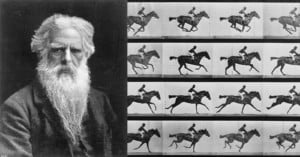
Eadweard Muybridge: The Photographer Who Froze Time
Before John Logie Baird first demonstrated his television in 1927, before Thomas Edison showed his movie projector in 1888, photographer Eadweard Muybridge was making moving pictures.

Before John Logie Baird first demonstrated his television in 1927, before Thomas Edison showed his movie projector in 1888, photographer Eadweard Muybridge was making moving pictures.
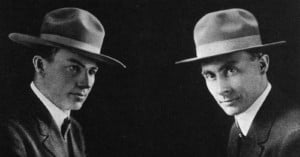
Few people had visited the Grand Canyon of Arizona before the turn of the 20th century. The journey was long and difficult due to the rugged and remote location.
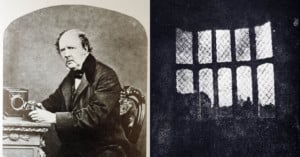
William Henry Fox Talbot was on his honeymoon at Lake Como in northern Italy in 1833. He was trying to sketch the beautiful lake and the surrounding scenery but was becoming increasingly frustrated with his lack of drawing skills. He used a camera lucida and a camera obscura, two devices that use lenses to project an image onto a piece of paper to aid in drawing, but he didn’t find either one very satisfactory.
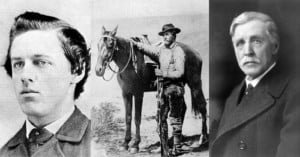
The story of the American West is filled with many characters and large personalities. How the West was won or lost, depending on which side you were on, can be told through the lives of many people. Not all were cowboys, outlaws, gamblers, or lawmen like are often portrayed in the movies and novels; some were photographers. One of the photographers whose story looms large is William Henry Jackson.

To mark the 159th anniversary of the first aerial photo in the United States, CBS Sunday Morning aired this 2-minute Almanac segment about the landmark photo by photographer James Wallace Black and how aerial photography has developed since then.
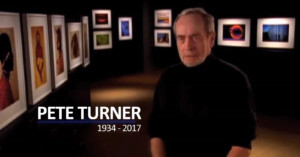
Pete Turner, the American photographer who's recognized as one of the first masters of color photography, has died. He was 83.
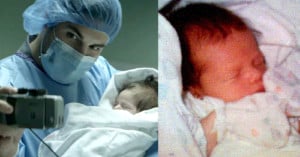
Believe it or not, there was a time when photo sharing was a lot slower than in the age of digital photography, smartphone cameras, Instagram, and Snapchat. In the mid-1900s, instantaneously capturing and sharing photos online was unheard of. Then in 1997, the first camera phone was born.
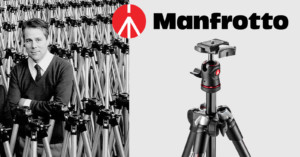
Lino Manfrotto, the photojournalist who founded the eponymous Manfrotto line of tripods and camera accessories, died at his home in Bassano del Grappa, Italy, on Sunday, February 5th, 2017. He was 80.
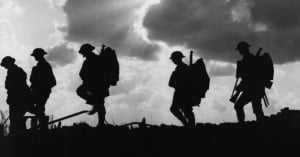
Ernest Brooks was the first official photographer appointed by the British military, and he ended up shooting over 1/10 of all official British photos made during World War I. The 8-minute video above is a look at photography during the "Great War" and the life and work of Ernest Brooks.
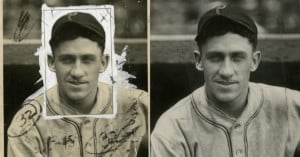
Charles M. Conlon was an early 20th century American photographer who was among the first to regularly photograph baseball games and players. Although he shot many iconic early photos of the sport, his name was largely unknown until 1990, when 8,000+ of his negatives were found in the archives of Sporting News.
Many of the photos were heavily marked, and the Digital Archive Project at the National Baseball Hall of Fame has been working to restore those images for future generations.
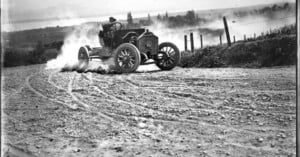
1,250 glass negatives from between 1910 and 1925 were recently found in the archives of the Swiss photo agency Keystone. After some thorough research work, it was concluded that the photos formed an important chapter of Swiss photographic history: they were shot by photographer Jules Decrauzat, widely considered now to be the first sports photographer and first major photojournalist in the history of Switzerland.

Mervyn O'Gorman was an English engineer whose artistic interests turned him into one of the early pioneers of color photography. Using the Autochrome Lumière process that was launched in 1907, O'Gorman shot images that are now regularly featured in exhibitions of early color photos.
Among his best known works are a series of color photos of his daughter, Christina, taken in 1913.
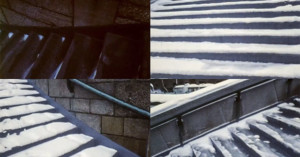
Hyperlapses, or timelapses with the camera traveling great distances, have become all the rage these days, but have you ever wondered how far back the technique goes? The short film above, titled "Pacer," was captured back in 1995 using a Bolex 16mm film camera. It is being called the world's oldest hyperlapse.
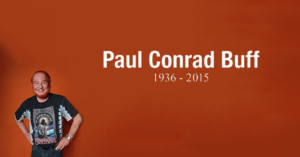
The world of photography lost one of its own this week. Photographic lighting pioneer Paul C. Buff has passed away at the age of 78. Among his many contributions to photography were White Lightning, AlienBees, Einstein flash units; the CyberSync radio remote system; and the Vagabond power system.
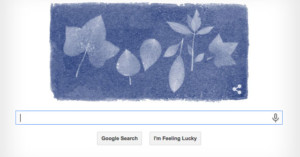
Visitors to Google today are being treated to a Doodle logo replacement that pays tribute to photography pioneer Anna Atkins. Atkins was born 216 years ago today, and in her life she became one of the first -- if not the first -- women to create a photograph.
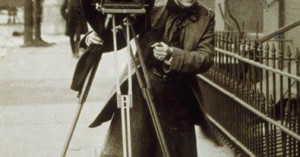
Here's a photograph of Jessie Tarbox Beals, America's first female photojournalist, with her camera on a street a century ago. While most female photographers of her time shot photos from the peace and safety of photo studios, Beals ventured into the world of photojournalism and made a name for herself through her tenacity, self-promotion, and freelance news photos.
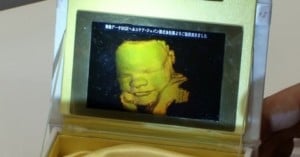
When it comes to capturing photos of your unborn child, you're pretty much stuck to the ultrasound pics/tape that the hospital lets you take home. But what if there was a service that could take that ultrasound, and turn it into a one-of-a-kind 3D hologram? Well, that's what Pioneer is working on with its new printing service.
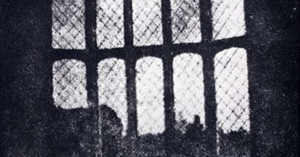
If you're at all interested in the history of photography, Henry Fox Talbot is a pioneer that you need to be familiar with. Although French pioneer Louis Daguerre is often credited with being "the father of photography," Talbot, based in England, had announced his own photographic process in the same year. Daguerre's daguerreotype process dominated the industry early on, but Talbot's process -- one that involved creating photographic negatives and then printing photos with them -- eventually became the standard model used in the 20th century.
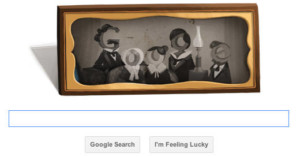
Check out Google’s homepage: the doodle today celebrates the 224th birthday of …
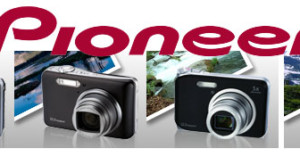
Japanese electronics giant Pioneer is dipping its toes in the digital camera industry.
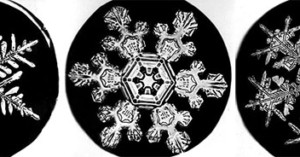
On January 15, 1885, a Vermont farmer named Wilson A. Bentley combined a bellows camera and a microscope and …